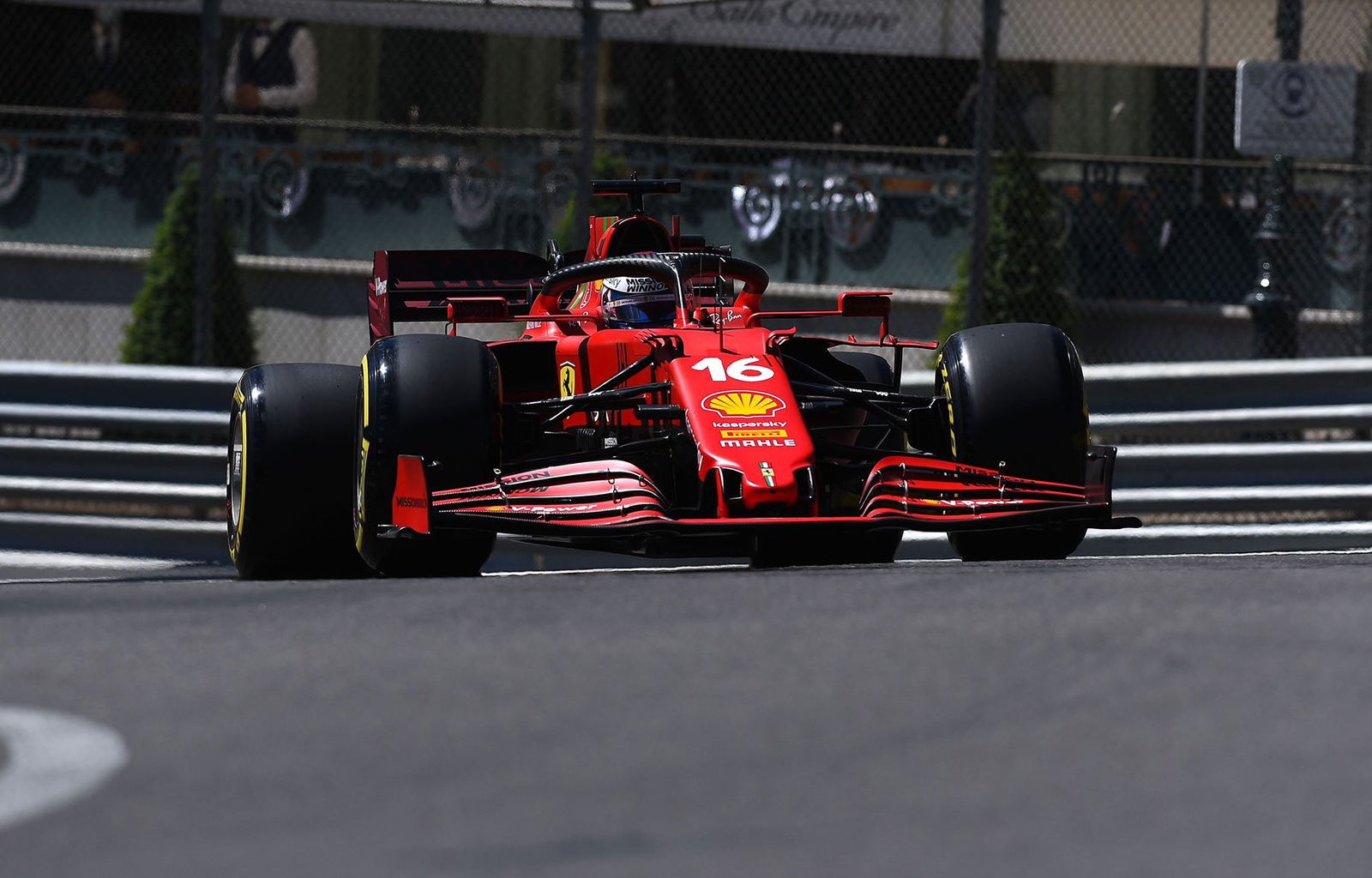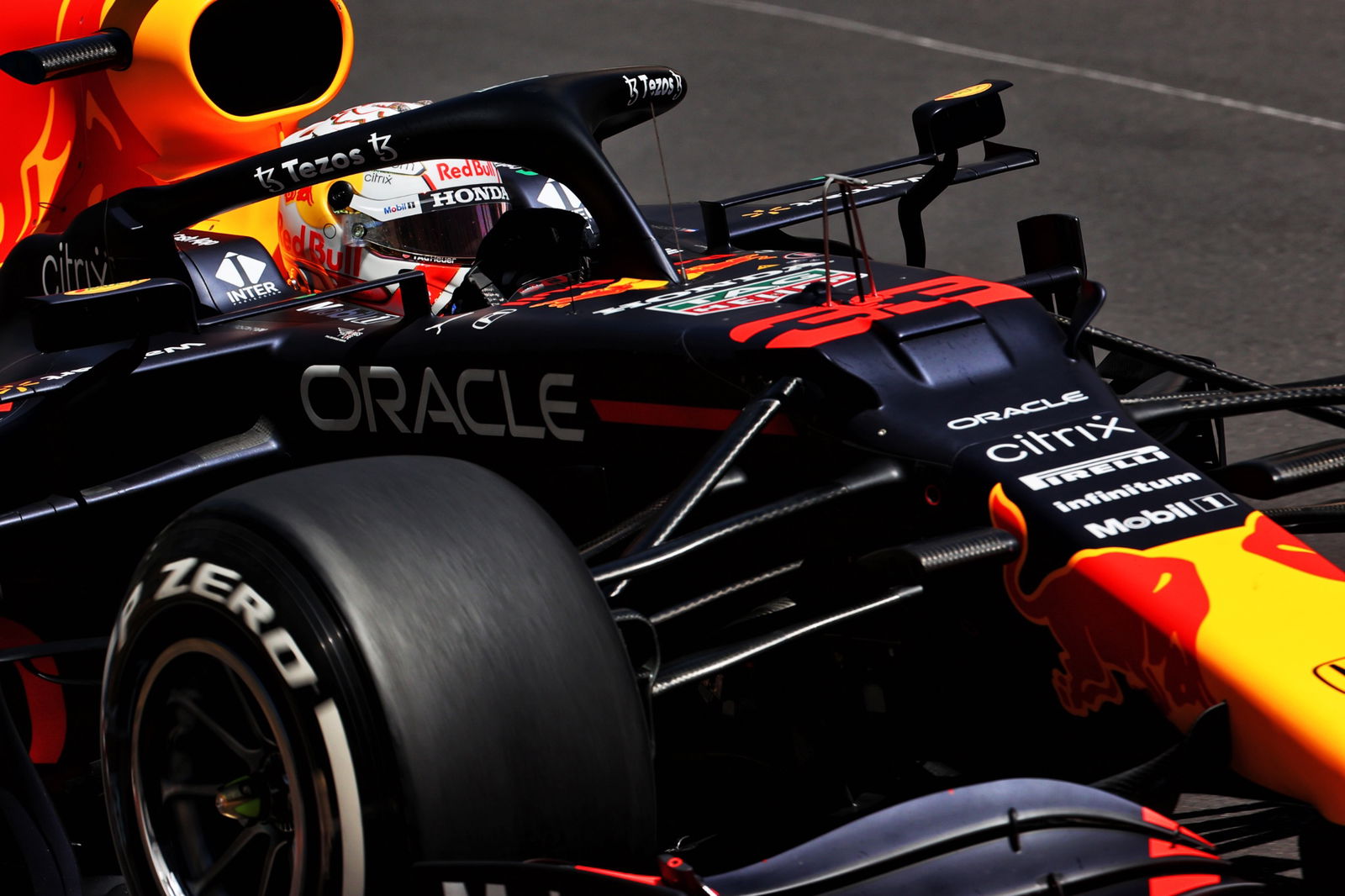Horner warns ‘other areas of other F1 team’s cars’ will also face scrutiny

The FIA is to introduce new tests on rear wing stiffness ahead of the French Grand Prix in response to Lewis Hamilton bringing Red Bull’s “bendy” wing into the spotlight in Barcelona.
Red Bull are among several teams believed to be exploiting the benefits of aerodynamic aeroelasticity but Horner insisted that its car complies with F1’s regulations.
“The car is designed to comply with the regulations, and, of course, there are tests the FIA has to measure that and our car complies with all of those tests,” Horner said.
“Now, occasionally the FIA will change those tests, which they have the right to do. They’ve done that, and that of course, then means that effectively it’s a change of regulation in many respects.
“So there has to be changes to the product and that is expensive and time-consuming.
“But a lot of focus is on the rear of the car at the moment and I’m sure in due time that’s also going to move around to other areas of the car that other teams will come under scrutiny.
“It’s not just Ferrari and Red Bull that are affected, I think Sauber [Alfa Romeo] are quite badly affected by this as well, but that’s Formula 1.
“That’s what happens when technical directives get issued that change things like the tests that the rear wings are subjected to.”
Horner pointed out that Mercedes’ front wing was also seen flexing on onboard footage of its W12 during the Emilia Romagna Grand Prix weekend.
“The whole car is under aerodynamic influence, and a lot of noise is being made about the rear of the car,” he added.
“But just look at some footage at Imola at the front of our competitor’s car, and it will show you very clearly flexible aerodynamics. As we know, the front wing is a far more sensitive part of the car than the rest of the car.
“So you pick on one part of the car that is inevitably going to move around, of course that’s very difficult for the FIA to police which is why they evolve these checks and processes, which each team has to comply with.
“But to think that everybody’s aerodynamic surface was completely rigid would be a fallacy on every single car on the grid, it’s just not the case, you can visibly see that.”
Rivals Mercedes and McLaren have been left unhappy with the timing of the FIA’s clampdown, but Horner stressed that teams cannot “just magic up components” and require a lead time.
“I think if they change the tests on the front wings this weekend, and we’ve seen far more performance from front wing flexibility shall we say, then that would affect every single team, some much greater than others,” he said.
“And I think there has to be a lead time, you can’t expect parts to be magicked up overnight with the costs that are incurred, the car complies to the regulations that have been there for the last 18 months or so with these load tests and then the test has been changed and there has to be a notice period for that.”


